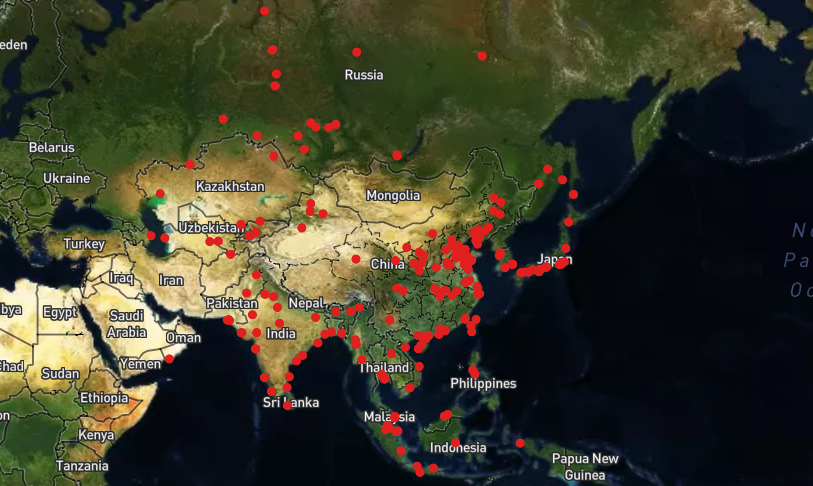
Column: Crude Rally Driven by Supply Constraints Threatens Asia Refinery Margins
The warning signals are starting to flash for the profit margins of oil refiners in Asia with high crude prices threatening demand just as many of the region’s economies start to emerge from the coronavirus pandemic.
The profit from turning a barrel of Dubai crude into products at a Singapore refinery , the regional benchmark, dropped to $6.36 on Feb. 18.
The measure has fallen 24% from the recent peak of $8.37 a barrel on Feb. 14, which was the highest since the $8.44 recorded in late October last year.
The relationship between refinery margins in Singapore and the price of Brent crude futures , the global oil benchmark, isn’t always consistent and depends largely on the factors that drive the price of crude up or down.
Brent ended at $93.54 a barrel on Feb. 18, suffering a loss of nearly 1% from the prior week, the first such weekly decline since mid-December.
However, Brent has rallied 22% this year and is currently near a seven-year high, as the market frets over tensions between major producer Russia and its neighbour Ukraine, as well as the seeming inability of the OPEC+ group to actually increase output by its agreed monthly amounts.
When the crude oil price is gaining on strong demand, refining margins tend to move in the same direction, and conversely when oil falls on weak demand, so do refining profits.
However, when crude increases on the back of supply constraints, such as the current output restrictions put in place by the Organization of the Petroleum Exporting Countries and its allies, including Russia, in the group known as OPEC+, then refinery margins tend to weaken.
The potential issue for Asia’s refiners is that the current bout of crude oil strength is being driven by both demand and supply factors.
Up until now it would seem that the recovery in oil demand in Asia has helped drive margins higher.
Asia’s crude oil imports are estimated at 25.66 million barrels per day (bpd) in February by Refinitiv Oil Research, up from January’s 24.47 million bpd and December’s 23.71 million bpd.
It’s also likely that February’s imports will be the highest on a barrels per day basis since before the coronavirus pandemic started at the beginning of 2020.
DEMAND DESTRUCTION COMING?
However, with crude oil prices reaching close to $100 a barrel, leading to record or near-record high retail fuel prices in many Asia countries, including India, Japan and Australia, the risk of demand destruction is growing.
It’s also worth noting that physical crude oil is generally bought at least six to eight weeks ahead of delivery, meaning cargoes arriving in Asia now were arranged when crude was substantially cheaper than the current price.
This means the expensive crude being bought currently will only arrive at Asia’s refiners in late March or April.
It would seem that the high crude price is switching from being driven by a recovery in demand to being spurred by lack of sufficient supplies from major exporters.
In the fourth quarter of 2019 Brent crude futures rallied strongly as the market expected, and then got, a deep output cut from OPEC+. However, Asia’s refining margins collapsed at the same time, with the Singapore benchmark falling to a loss of $1.29 a barrel by Dec. 19, 2019.
If there are signs that demand growth in Asia is faltering amid high retail prices in coming months, and crude prices are still elevated on supply constraints, refining margins are likely to come under further pressure.
Reuters by Sam Holmes, February 21, 2022
